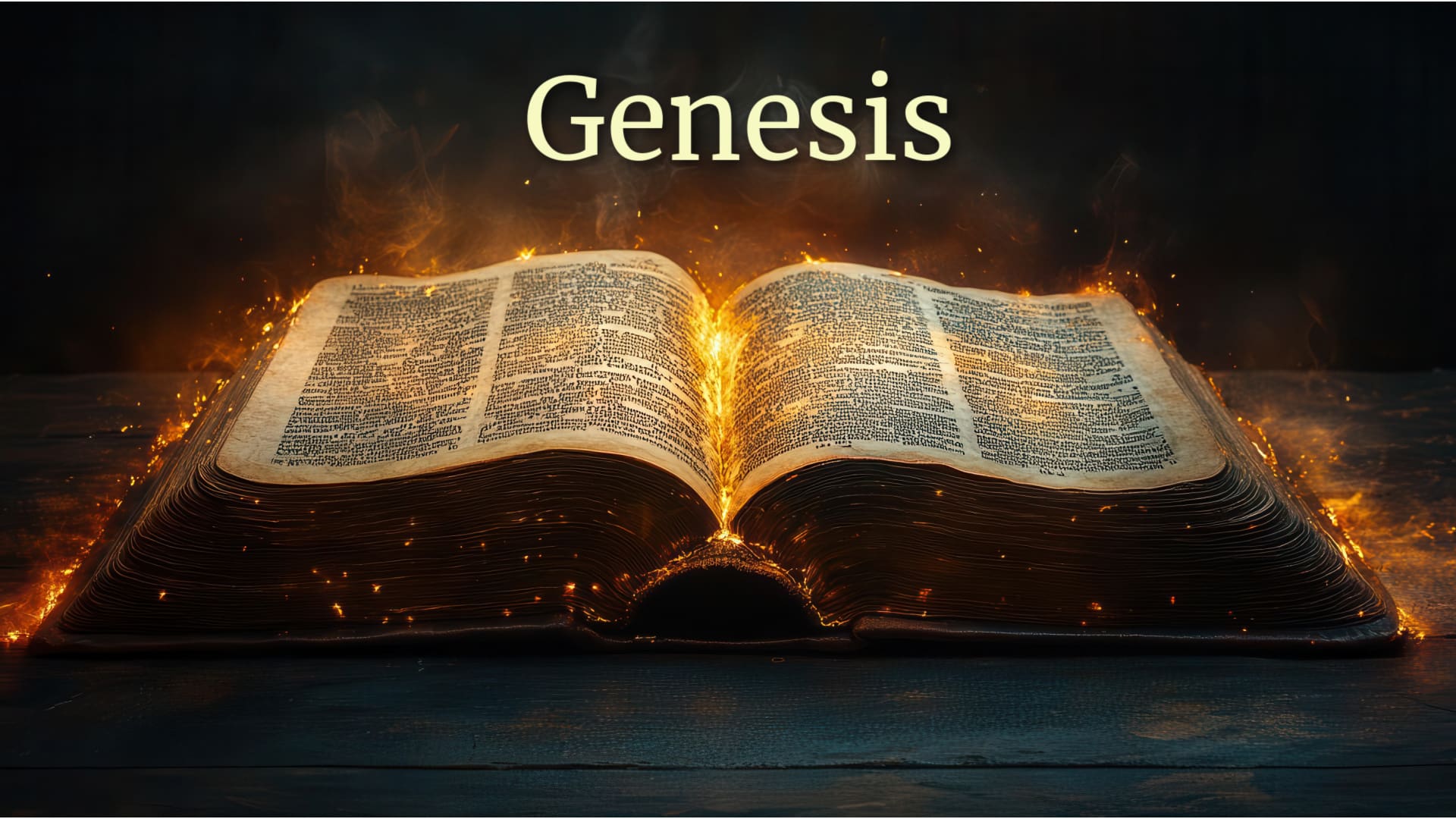
Babel, the Culmination of the Fall
“Come, let us make bricks, and burn them thoroughly.” And they had brick for stone, and bitumen for mortar. Then they said, “Come, let us build for ourselves a city, and a tower with its top in the heavens, and let us make a name for ourselves, lest we be scattered abroad upon the face of the earth.” Gen. 11:4
We often think of the fall in terms of the temptation narrative in 3:1-7. This episode, however, is merely the introduction to a wide-ranging fall narrative that culminates with Tower of Babel. We have established that God intended humanity to spread out and fill the earth, expanding the garden in Eden throughout the whole world, subduing its wildness to make the whole earth a “holy of holies.” With Adam and Eve’s failure, we see that Cain’s line reversed this original intention by filling the earth with violence, necessitating judgment and the flood.
In the last post we explored the idea that like Adam Noah also experienced a fall with wide- spread implications for humanity through his three sons. Japheth’s line is briefly passed over (10:2-5), for the focus is on Ham’s line that sets up the critical conclusion to the fall narrative, the tower of Babel (10:6-20). More will be said about this in the next post. Shem’s line is then given in 10:21-31, but is taken up again after the Babel story, specifically focusing on Shem’s line through Arpachshad, the ancestor of Abraham. The overall effect of this is to sandwich the story of Babel with Shemite genealogies. This structure sets Babel in contrast to Abraham, through whom God will ultimately fulfill His divine purpose. .
Ham’s line directly challenges God’s plan to fill the earth by building “a city and a tower with its tops to the heavens” so as not to be “scattered abroad upon the face of the whole earth” (11:4). What we have here is the dark side of the city motif where humans unite to create an alternative culture built on oppression, moral depravity, and violence. The tower is a proud attempt to re- create the original mountain of Eden, built by human hands. In effect, it was considered a “magic mountain,” or “cosmic mountain,” whose foundations descended to the underworld and its gods, its base on earth touching nature deities, and its top reaching to the great celestial gods. To build such a mountain was to create a magical cone of power, the focal point of the intercourse of the gods from the netherworld to the heavens.
The reason for this enterprise is that men wanted to “make a name for themselves.” The word “name” in Hebrew is, curiously enough, “Shem,” the name of Noah’s blessed son and ancestor of Abraham, whose genealogy surrounds this narrative. We will talk about this “bright side” of the fame motif latter. Here it connects with the Nephilim of the dark narrative of Genesis 6:4, who were “men of renown” (same Hebrew word “shem”). They were also motivated by fear; fear that if they are scattered over the earth that they will lose their autonomy, their control. Like Eve, humanity doubted God’s intentions for them, and therefore took matters into their own hands.
The structure of the narrative is chiastic like the flood narrative:
A Now the whole earth had one language (Gen. 11:1)
B They found a plain in the land of Shinar, and settled there (Gen. 11: 2)
C And they said to one another, (11:3)
D “Come, let us make bricks…” (11:3)
E “Come, let us build ourselves … (11:4)
F … a city and a tower…” (11:4)
G And the Lord bent down to see (11:5)
F´ the city and the tower … (11:5)
E´ which they had built (11:5)
D´ “Come, let us come down and confuse … (11:7)
C´ … that they may not understand one another’s speech (11:7)
B´ So the Lord scattered them abroad (11:8)
A´ … called Babel, because there the Lord confused the language … (11:9)
This structure emphasizes the greatness of God in comparison to what human’s think is truly great. The first panel describes the building of what everyone in the ancient world were in awe of, the great city-state culture of Sumer with there massive ziggurats.
The Hebrew phrasing in the center “G” line deflates this human accomplishment with the imagery that God had to take pains to bend over to even see it. In the parallel panel we see the divine judgement to this human hubris, the confusion of languages, bringing to conclusion the fall of man narrative which began with the lying tongue of the serpent. Diverse language and race forces humanity to spread throughout the whole earth and inhibits humanity to unite against God.
Takeaway: Human arrogance is undeterred and relentless even in the face of the judgements of the flood and Babel.
Questions:
- How many languages do you know?
- How does the confusion of languages affect you personally?
- Does this narrative help you understand the racial conflicts we have?
0 Comments